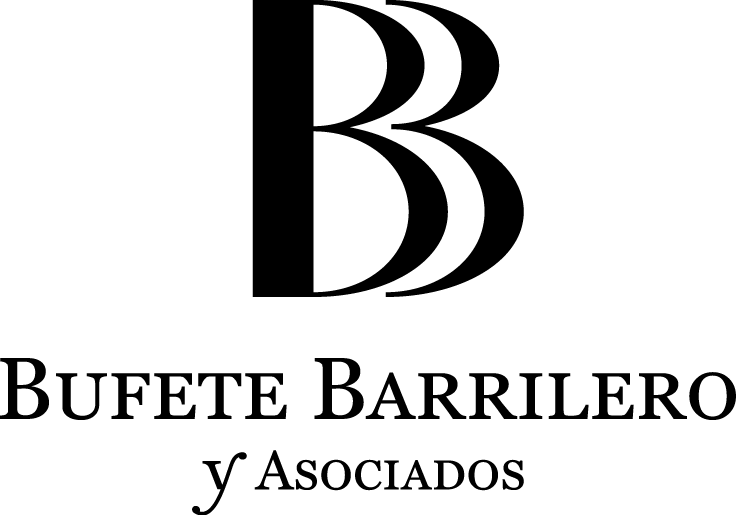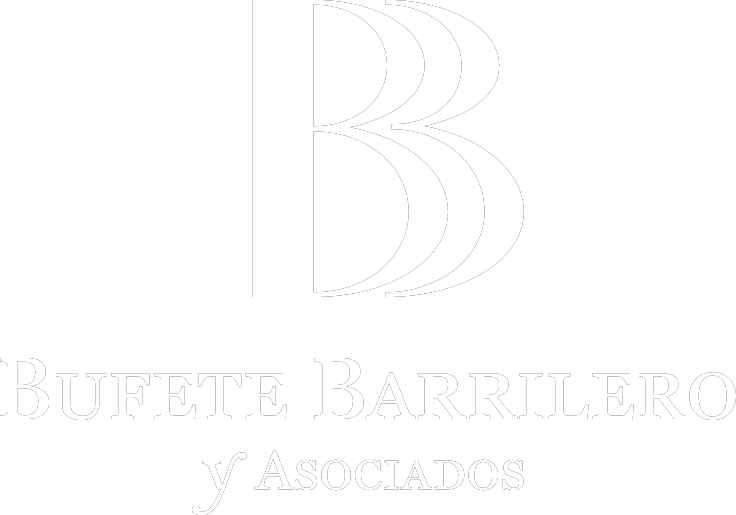LABOR
María Baqueicoa
In today’s legal landscape, technology is redefining how evidence is collected and presented. A recent case from the Madrid High Court of Justice (Ruling of December 19, 2024, EDJ 2024/814890) highlights this shift, demonstrating the increasing judicial recognition of the evidentiary value of information obtained from social networks. Specifically, this ruling underscores the acceptance of LinkedIn profile screenshots as decisive evidence in a lawsuit concerning the violation of a non-compete agreement.
Case Background
A recruitment specialist, employed under a permanent contract with a monthly salary of €1,926, signed a non-compete clause valid for 12 months following termination. This clause explicitly prohibited competition with the company, the hiring of its employees or clients, and any similar activity within the specified geographical area.
After her dismissal, the employee accepted a position at a human resources consulting firm whose activities were significantly similar to those of her former employer. This overlap in professional activities led the company to file a lawsuit, arguing a clear breach of the non-compete agreement.
The Digital Evidence
The employer presented various pieces of evidence, including the employee’s résumé (in English, without an official translation) and, crucially, screenshots of her LinkedIn profile. These screenshots clearly displayed her new job responsibilities, including recruitment, talent management, and other tasks that directly conflicted with the terms of the non-compete agreement.
This case is particularly significant because the court unreservedly accepted the screenshots as irrefutable proof. Digital evidence, often debated regarding its admissibility in legal proceedings, became a central element of the company’s argument, proving its evidentiary value. The Madrid High Court of Justice, in upholding the lower court’s decision, not only validated the use of these screenshots but also emphasized the defense’s failure to challenge this evidence during the trial. This lack of objection, combined with the clear correlation between the job functions described on LinkedIn and the restrictions of the non-compete clause, was decisive in the ruling in favor of the employer.
The court’s decision sets a significant precedent by explicitly recognizing the growing probative value of information obtained through social networks. The easy accessibility and unchangeable nature of digital records on professional platforms like LinkedIn are revolutionizing the collection and analysis of evidence in labor disputes.
Conclusion
The ruling of the Madrid High Court of Justice marks a turning point in the evaluation of digital evidence by fully accepting LinkedIn screenshots as key evidence in a labor dispute. This decision not only legitimizes the use of information from social media but also reflects how digitalization is reshaping the way facts are proven in court.
The impact of this ruling extends beyond the specific case, as it paves the way for increased scrutiny of professional activity online. Both employees and companies must be aware that their digital presence can be used either against or in their favor in legal disputes. This precedent reinforces the need for a strategic and cautious approach to digital platforms while solidifying their role as sources of evidence in the modern era.


